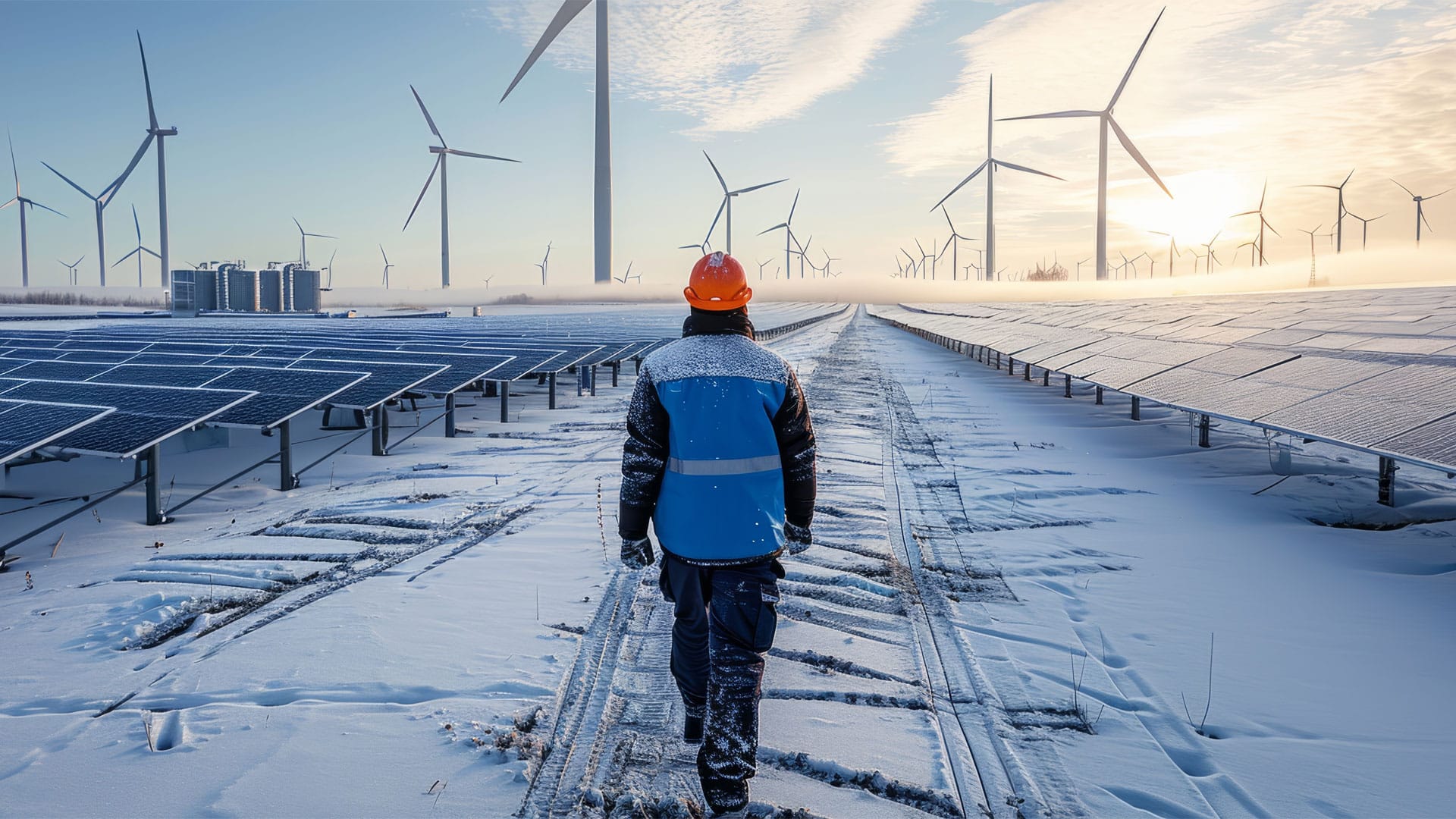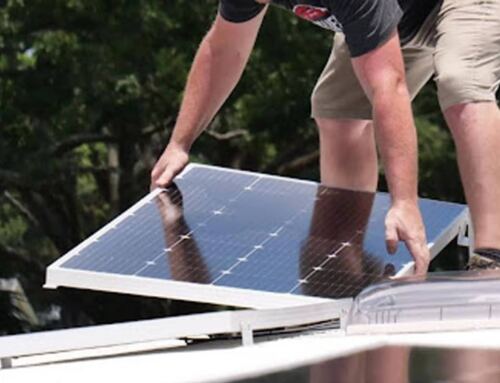Texas Grid Stability
As Texas endured another winter freeze, the state’s power grid emerged resilient, with improvements evident since the disastrous winter storm of 2021. A notable contributor to this resilience was solar power. In this blog, we’ll delve into how solar, along with wind and natural gas, played a crucial role in stabilizing the Texas grid during the recent freeze. Additionally, we’ll explore the importance of going solar for Texans, emphasizing its potential to boost grid resilience, protect against blackouts, and deliver substantial long-term savings.
Comfortably Enduring Freezes: A Positive Shift from 2021
The recent freeze in Texas served as a robust test for the state’s power grid, especially following the mass power outages during the historic winter storm in 2021. The grid, however, showcased significant improvement, comfortably enduring the recent freeze. This positive shift is attributed to a series of enhancements, including improvements to natural gas power plants and the expansion of battery storage capacity managed by the Electric Reliability Council of Texas (ERCOT).
Diverse Energy Mix
A noteworthy aspect of Texas’ grid stability during the freeze lies in its diverse energy mix. Solar, wind, natural gas, and coal played integral roles in maintaining stability. ERCOT’s expanded battery storage capacity ensured readiness to meet high demand during extreme temperatures. Wind energy accounted for 30% of the power generated, while a groundbreaking solar power generation record was set, with panels contributing 20% of the total generated power during the freeze.
Record Winter Energy Demand: A Challenge Met
The recent freeze coincided with record winter energy demand, presenting the second-longest winter storm and the third-coldest conditions in Texas in the past 15 years (ERCOT couldn’t measure peak demand during the 2021 storm, which was likely higher than the new record). Energy demand soared as temperatures dropped, culminating in a peak demand record of 78,138 megawatts on the morning Tuesday, January 16th. Despite these challenges, the grid met the demand, showcasing improved performance compared to the 2021 winter storm.
February Challenges
While conditions during the recent freeze were notably better than those in 2021, February is still typically Texas’ coldest month. Even though the first week of the month has been very beautiful (setting solar production records) Experts caution that more challenges may lie ahead. It’s crucial to recognize that embracing solutions for grid resilience and energy security is an ongoing necessity.
The Pivotal Role of Solar Power in Enhancing Grid Resilience
Amidst these challenges, solar power emerged as a game-changer for grid resilience. During the freeze, solar panels contributed 14,835 MW to the grid, setting a new record. This surplus energy helped charge batteries, enabling operators to address issues at thermal plants. The dependence on solar energy proved critical in correcting operational challenges during the winter storm, marking a significant milestone.
By diversifying the energy mix and providing ancillary grid services such as frequency management and voltage support, solar power contributes to a more resilient grid. Solar inverters, capable of adjusting energy output to match demand, mitigate the risk of blackouts and disturbances caused by frequency instability. The decentralization of power generation with solar energy reduces reliance on centralized infrastructure, enhancing overall grid reliability.
Embrace Solar for Grid Resilience, Energy Security, and Savings
The question for Texans becomes clear: What’s stopping you from going solar? By adopting solar power for homes and businesses, individuals can actively contribute to making the entire grid more resilient. Solar energy offers a reliable and independent power supply during extreme weather events, safeguarding against blackouts and disruptions.
Beyond enhancing grid resilience, going solar translates to increased energy security. Solar power, harnessed locally on rooftops or in vast solar plants, reduces dependence on centralized power plants. This distributed generation ensures a continuous flow of electricity even in the face of potential disruptions to the broader grid.
Saving money over time is a compelling reason to make the switch to solar. Locking in electricity rates ensures that individuals are no longer subject to price hikes and inflation. Additionally, thanks to incentives, net metering and solar buyback options, and the declining cost of solar, solar’s return on investment in Texas is on average between 8 to 10 years. By investing in solar energy, homeowners and businesses can reduce reliance on conventional grid sources, leading to lower electricity bills and long-term financial savings.
The recent freeze in Texas underscored the critical role of solar power in grid stability. Texans are urged to consider the numerous benefits of going solar – from contributing to a more resilient grid and protecting against blackouts to realizing significant long-term savings. Embracing solar power is not just a personal choice; it’s a collective commitment to a more reliable, secure, and economical energy future for the entire community. As Texas faces future uncertainties, the adoption of solar energy emerges as a practical and impactful solution for individuals and businesses alike.
Go Solar with NATiVE
To learn more about going solar, talk with one of our solar energy experts. With over 16 years of experience harnessing solar power in Texas, NATiVE is your one-stop shop for everything you need to transition to a solar-powered lifestyle. Get started with a free solar quote today!

































Leave A Comment